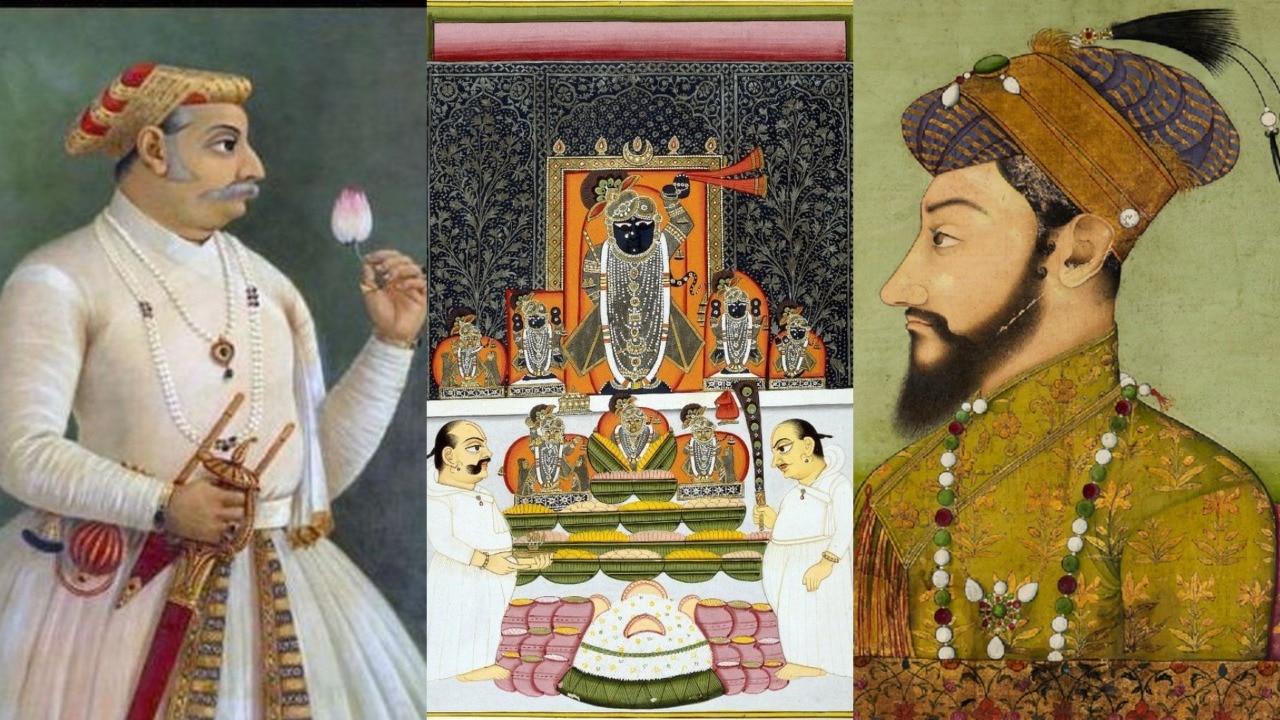Aurangzeb issued a farman in 1669 to demolish all major Hindu temples, strictly following his policy of iconoclasm. He ordered the destruction of temples at Mathura, Vrindavan, and Gokul.
The sites that were targeted in Mathura, Vrindavan, and Gokul were temples that housed sacred Vaishnava images of Krishna deities.
The followers and priests fled with the idols – among them the famous idol of Shrinathji or Shrigovardhannathji, the child form of Lord Krishna.
advertisement
After years of searching for a safe refuge, the journey ended in 1671, when Maharana Raj Singh of Mewar took a vow and gave his word to provide 1,00,000 soldiers solely for the protection of the idol of Srinathji, offering a permanent home for the deity – now worshipped at Nathdwara in present-day Rajasthan.
"The idol was the only thing the Vaishnava followers could protect, and they did so by taking it and hiding it for a long time until it reached Mewar. It was not possible for the followers to protect the temple, so they took the idol with them,” says historian Meenakshi Jain. A painting of a Nanda Mahotsava celebration in Nathdwara (second half of 18th century)
The defiance that Maharana Raj Singh sho
Continue Reading on India Today
This preview shows approximately 15% of the article. Read the full story on the publisher's website to support quality journalism.
